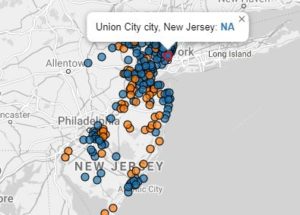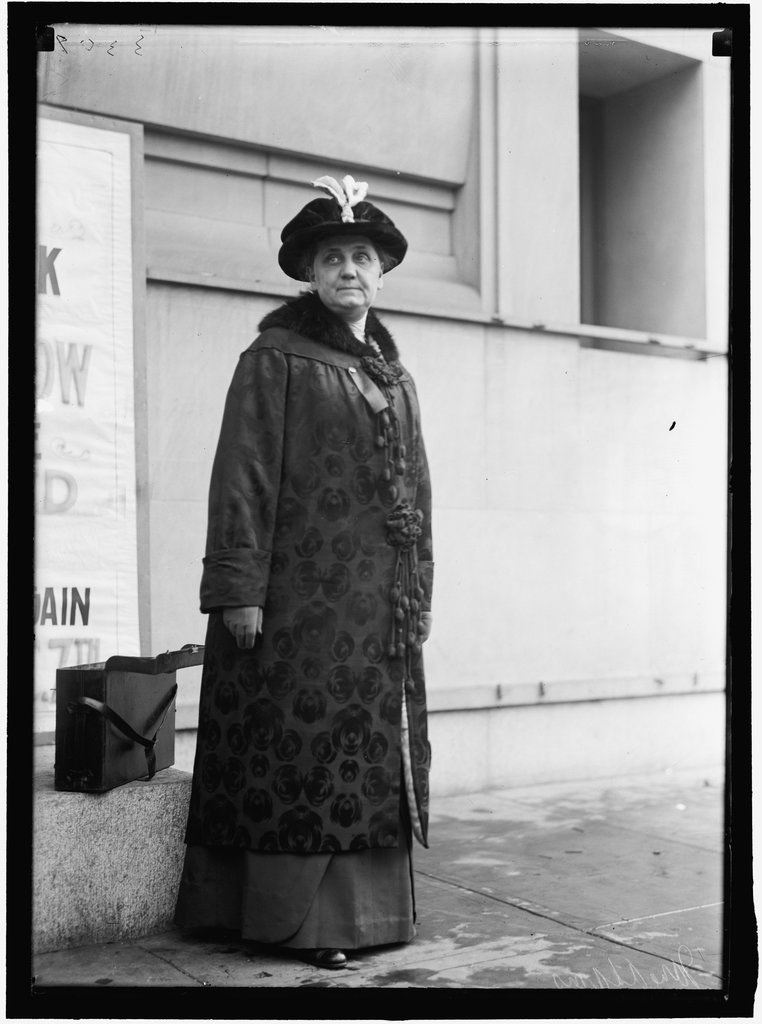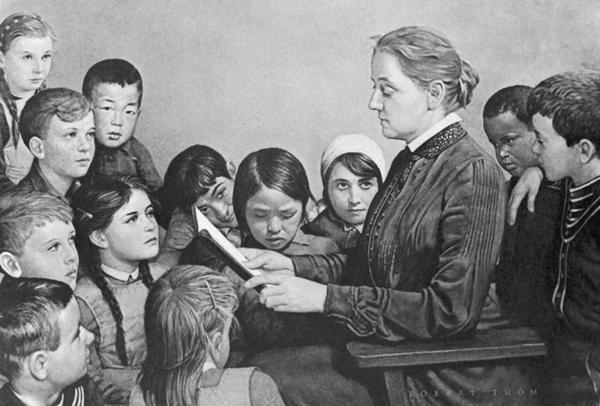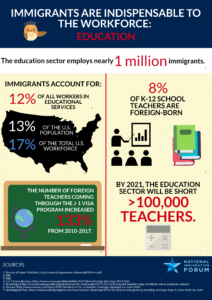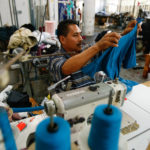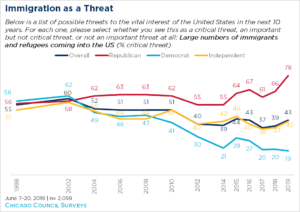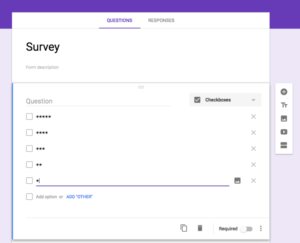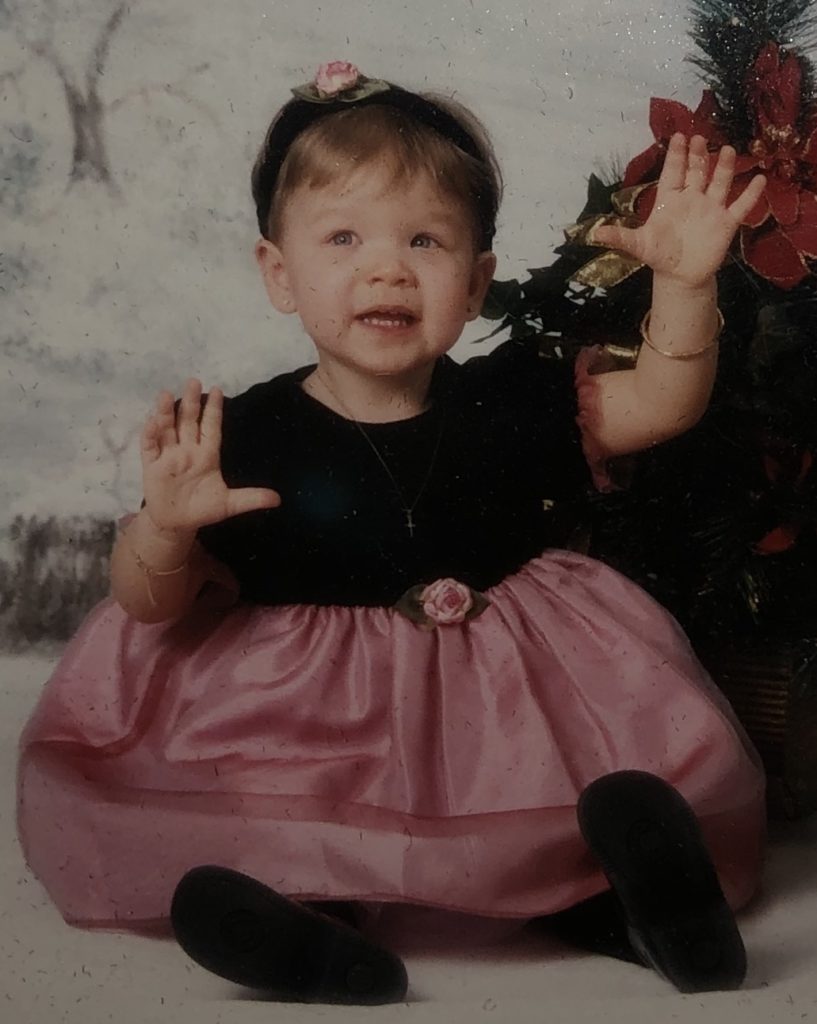You should care about the topic about immigration because without immigrants, our nation would not be the nation it is today. Immigrants from all over the world have built our country from the bottom up. Diversity makes America what it is. Hispanics, a minority group that is soon growing to become a larger group of peoples in the United States, have attributed to the success and growth of our nation.
To settle the dispute of placing stricter border restrictions, more action on the national level would have to be taken in order to make a grand difference. However, an individual, you, have the right to vote and every vote counts. It is imperative to educate yourself on Hispanic history and to be aware of the trials faced by them throughout time. Being educated on this background will help you when the time comes to vote for the next governor, president, or any government official. It is essential to listen carefully to their campaigns and to also analyze if what they are proposing could really be done. It is important to analyze if they are trustworthy and educated people themselves before making the choice of voting for them. You can also help increase public awareness of the different resources that are available, especially regarding the second social issue meshed into the large spectrum of Hispanic immigration, that being the discrimination against Hispanic immigrants. Technology has many pros and cons, such as social media, since it can be used for beneficial purposes but it can also do lots of damage. However, in this case, you should most certainly take advantage of social media to help raise awareness about various situations, moments in history, and events that have arisen that need widespread attention in order for the spurring social issue to be solved. Additionally, partake in volunteering at organizations that support the Hispanic community! Hispanics are more vulnerable to various harms than whites. Moreover, be conscious of labels and appropriate names of Hispanics racial groups. Be careful with stereotypes, especially regarding who you assume to be an illegal immigrant or not. Last but certainly not least, be more accepting of your own background and heritage if you are Hispanic. There is strength in numbers, and the Hispanic community is growing by the day. The Hispanic community is one who deserves to be treated with human dignity and decency, just as every other racial group deserves to be.
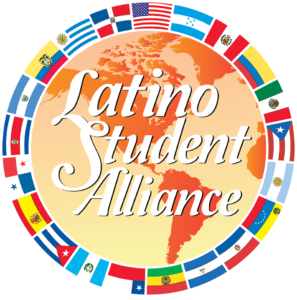
On the local level, in our very own university, we celebrate diversity through clubs and organizations. However, even our university can take action in trying to better welcome Hispanic immigrants. As a college, we can create lounges that are designated for the Hispanic community. I know there is one by the fish bowl that is designated for the LGBTQ+ community. We can even establish clubs that are divided further to appreciate specific Hispanic groups, such as Cubans, Puerto Ricans, and so on. More events such as seminars and fiestas can be held to appreciate and celebrate the Hispanic culture. To better support the Hispanic immigrant community, we can create an office that works specifically with immigrants as well as counseling services that can serve as a safe-haven and solution for any mental health issues Hispanic immigrants may deal with due to bullying and other forms of persecution. We should found an anti-bullying pledge or contract that we are all made to sign and agree to the terms, accepting the punishments if it is violated.
Nationally, we can try to increase quotas for the different countries to welcome Hispanics. We need more acceptance regarding the ability to hold political positions as well. To try to reach a happy medium between Democrats and Republicans on the topic of placing stricter border regulations, a huge national debate should be held where this is discussed. Policies and papers should be altered to ease the process for the Hispanics, and having translators available would additionally help since that can describe more clearly how the immigration process works to them. Making sure the immigrants are updated on their status and on the status of refugee camps and if they need to be deported is equally as important since there are many stories where they travel by foot and spend fifteen years at a camp and are forced to be deported back to their home countries, having to restart their lives and form new connections.
There are millions of Hispanic organizations that help these causes such as The Committee for Hispanic Families and Children (CHFC) that was founded to advocate for Hispanics and to aid in improving their quality of life. The Congressional Hispanic Caucus Institute (CHCI), with their vision of an educated Hispanic community that actively, locally, and federally participates in taking action, aims to create the Hispanic leaders of the future. The Mexican American Legal Defense and Educational Fund protects and promotes the Latinos’ civil rights, and the National Association of Latino Elected and Appointed Officials (NALEO) empowers Hispanics to participate fully in American politics. These are only to name a few of the countless organizations that show love and support to the Hispanic immigrant community.[1]
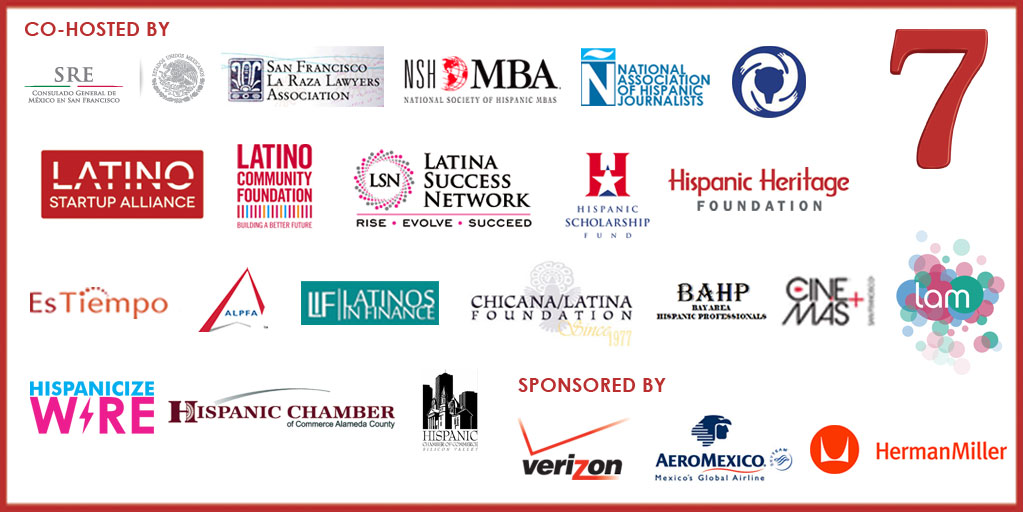
Bibliography:
[1] “Latino Organizations You Need to Know.” Diversity Best Practices, 11 Sept. 2014, www.diversitybestpractices.com/news-articles/21-latino-organizations-you-need-know.






